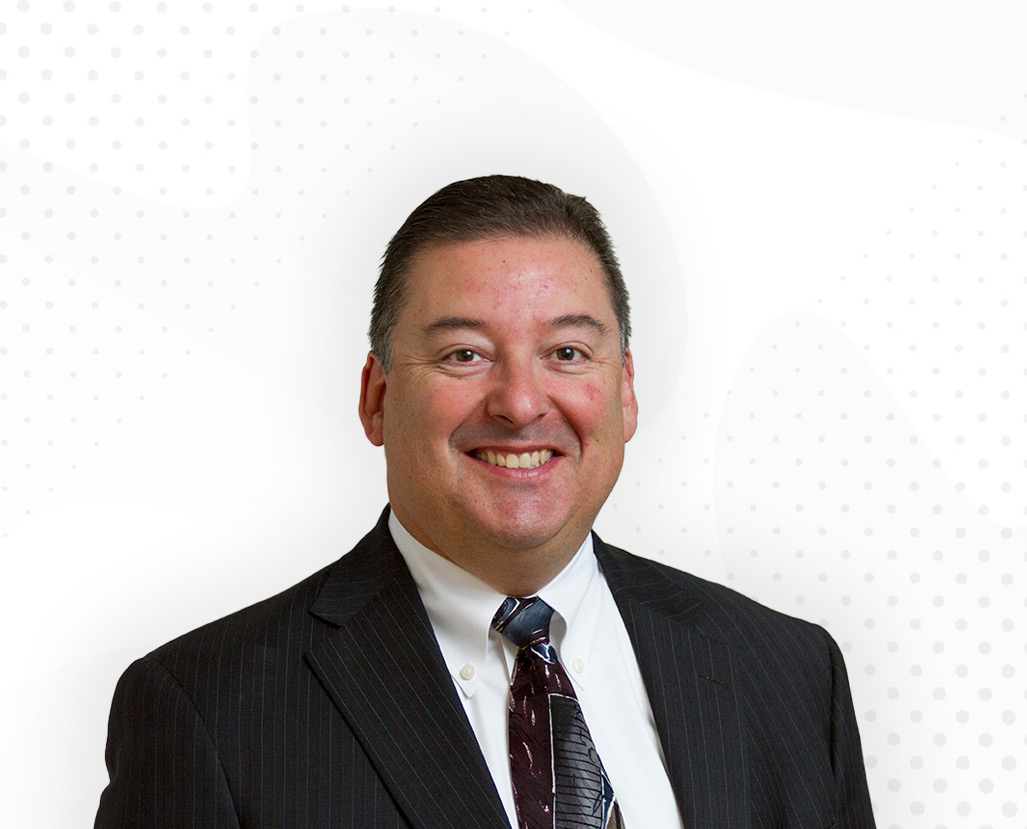Efficient and effective government programs. That’s the goal of Pat Aguilar, our managing director of program modernization services, his team, and our clients. Pat combines an understanding of public policy and program operations with business process optimization toolsets and system modernization project management.
With 35 years of commitment to supporting the public sector and demonstrated success in managing complex projects, Pat has led engagements for large-scale system development and technical infrastructure initiatives across a dozen states, advancing programs like Medicaid, child support, child welfare, SNAP, and TANF.
Pat’s deep understanding of both the business and technology sides of program modernization uniquely positions him to drive impactful changes for state programs.


